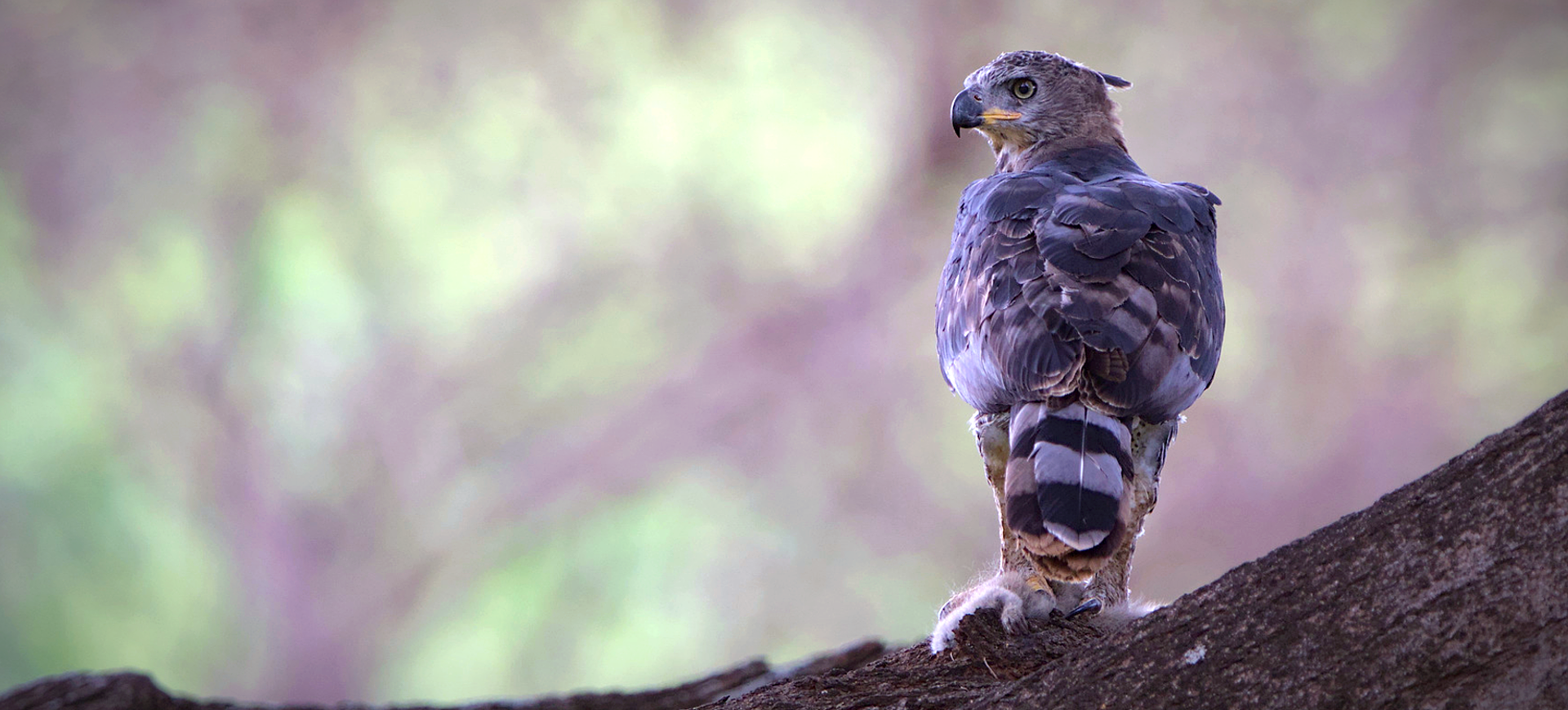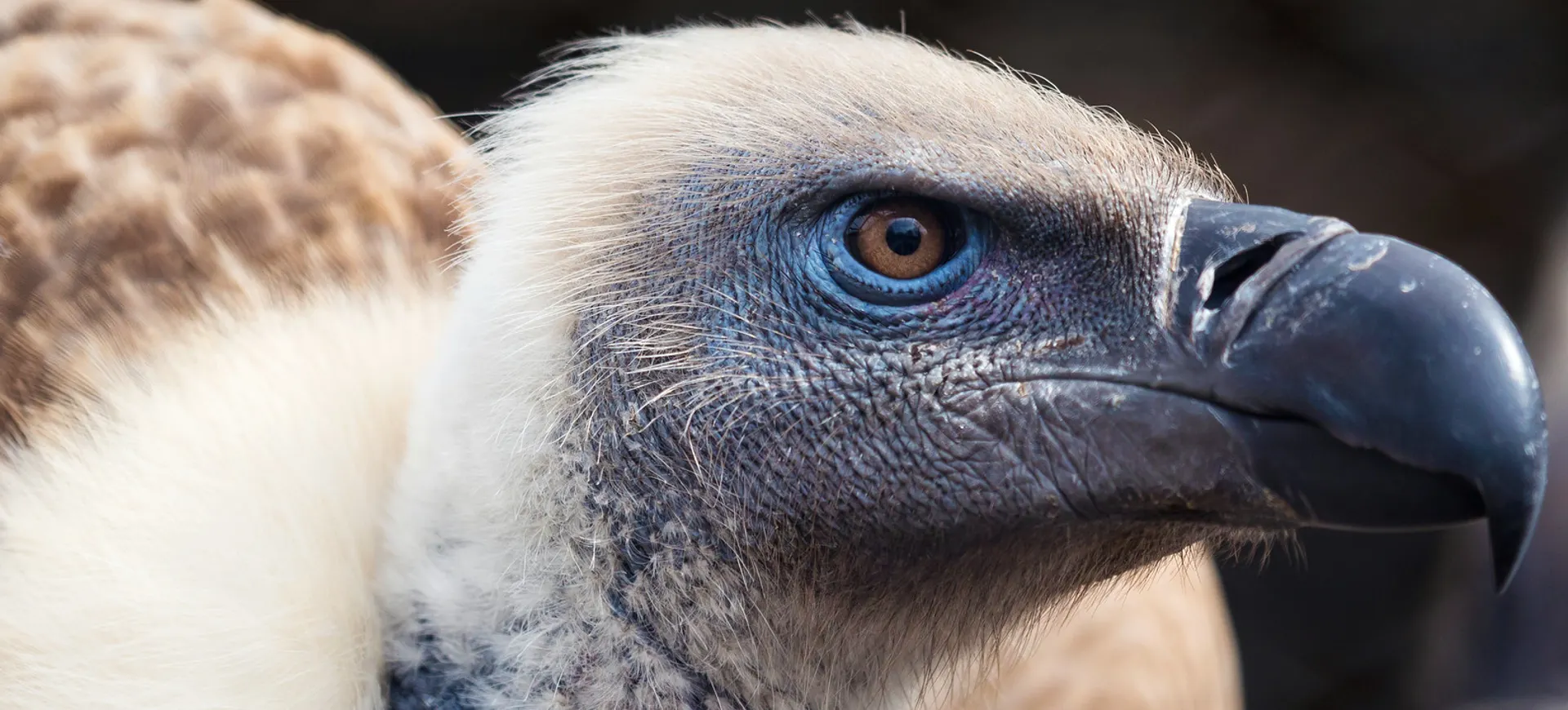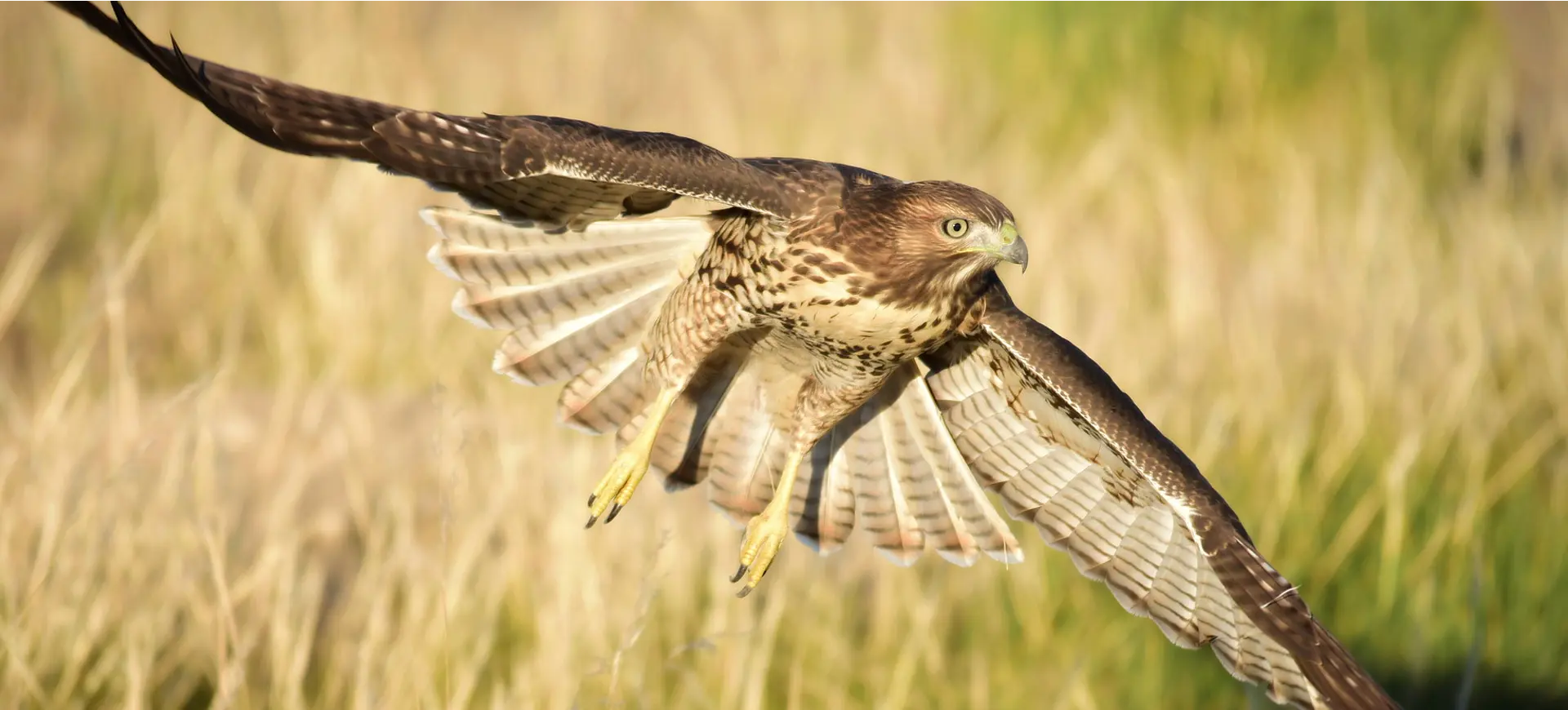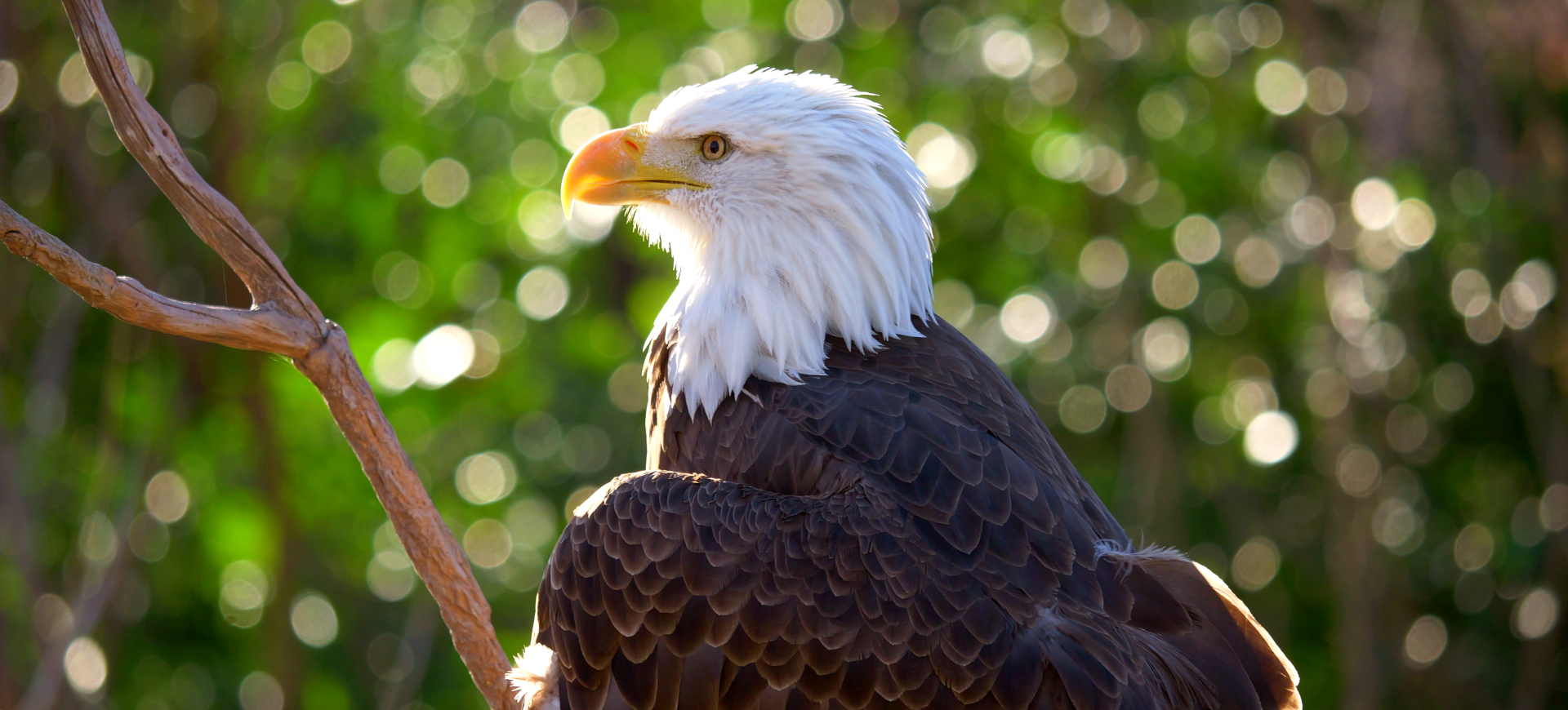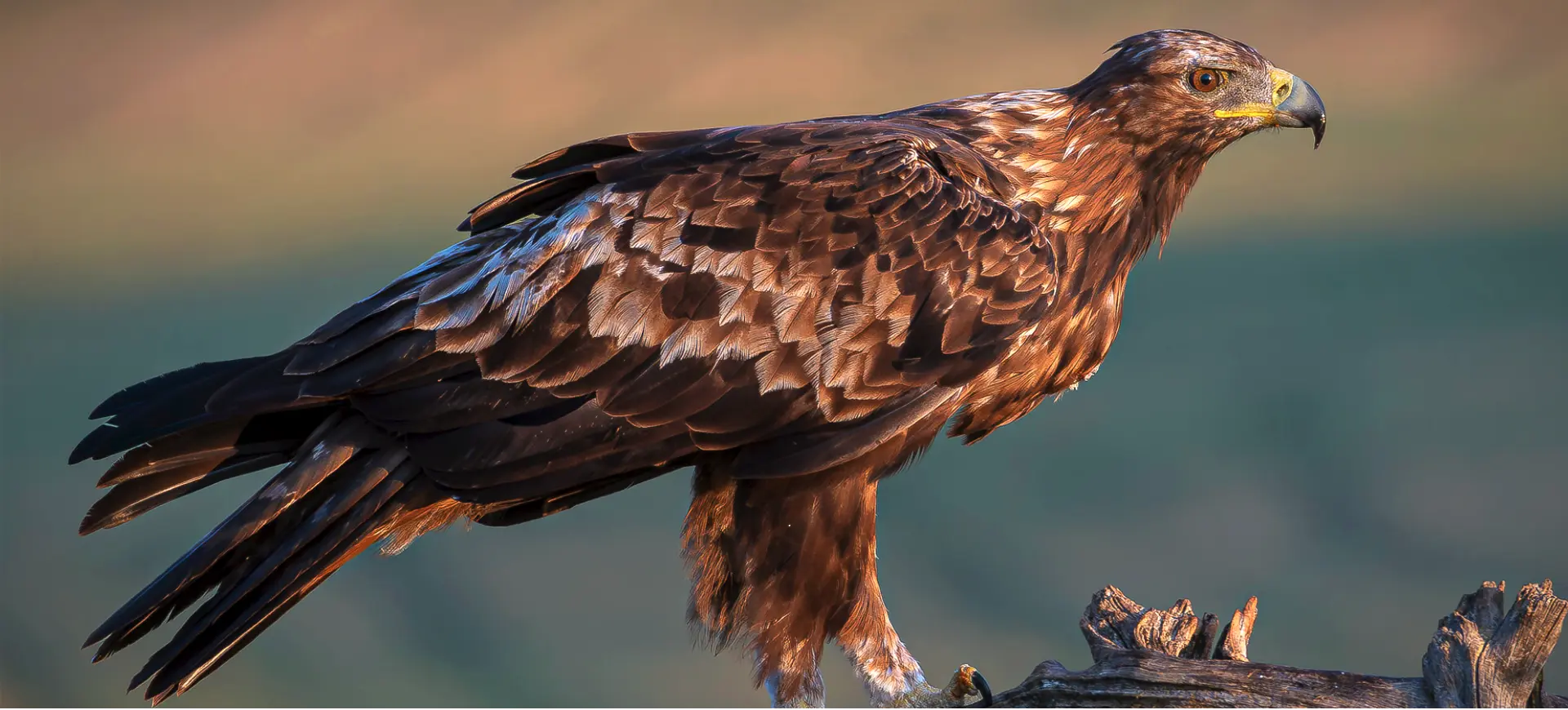Overview
The cinereous vulture (Aegypius monachus), also known as the Eurasian black vulture, is one of the largest and heaviest raptors in the world. It is a solitary scavenger primarily found in mountainous and forested regions of Europe and Asia, where it soars at high altitudes searching for carrion. This species has a distinctive dark brown to black plumage, a bald bluish-gray head, and a strong, hooked beak adapted for tearing flesh. As an apex scavenger, it plays a crucial role in the ecosystem by cleaning up animal carcasses and reducing the spread of disease.
Cinereous vultures prefer open landscapes with scattered trees or cliffs, where they build large stick nests for breeding. They are slow breeders, with pairs producing only one chick per season and investing significant parental care. Due to their immense size and strength, these vultures are highly territorial, often dominating other scavengers at carcass sites. Despite their dominance, they rely on keen eyesight to locate food rather than an acute sense of smell, as seen in some other vulture species.
Although their population remains relatively widespread, cinereous vultures face threats from habitat destruction, poisoning, and food shortages. Conservation programs focus on protecting nesting sites, reducing poisoning incidents, and ensuring a stable food supply through supplementary feeding stations. Reintroduction efforts have helped recover declining populations in some regions, particularly in Europe. Continued conservation measures are necessary to maintain stable numbers, as this species is vital in maintaining ecological balance.
Taxonomy
Kingdom
Phylum
Class
Order
Family
Genus
Species
Type
Current distribution:
Cinereous vultures are found across southern Europe, Central Asia, and parts of the Middle East, with key populations in Spain, Turkey, Mongolia, and China. They have a patchy distribution, with some isolated populations persisting in forested and mountainous regions. In recent years, conservation efforts have led to successful reintroductions in parts of France and the Balkans. Some populations are migratory, while others remain in their breeding territories year-round.
Despite being widely distributed, their numbers have declined due to habitat destruction, poisoning, and food shortages. Conservation programs in Spain and Central Asia have helped stabilize some populations, but threats remain in many regions. The species' dependence on large territories and carrion availability makes it particularly vulnerable to human-induced environmental changes. Protection of nesting sites and regulation of livestock carcass disposal are critical for its continued survival.
Physical Description:
The cinereous vulture is one of the largest flying birds, with a massive wingspan and broad, rounded wings adapted for soaring at high altitudes. Its plumage is dark brown to black, with a lighter brown ruff of feathers around its neck. The head is largely featherless, with a bluish-gray wrinkled skin, small dark eyes, and a powerful, hooked beak designed for tearing into tough carcasses. Juvenile birds are darker overall, and their plumage gradually lightens as they mature.
Its legs are strong and covered in pale gray scales, with sharp, curved talons that firmly grip rocky perches and nest sites. The wings are exceptionally broad, allowing for efficient gliding with minimal energy expenditure. Unlike some vultures with highly pronounced bare heads, the cinereous vulture retains a partial feather covering, giving it a more robust appearance. Its strong beak can easily break through thick skin and tendons, allowing it to access food that smaller scavengers cannot.

Lifespan: Wild: ~20 Years || Captivity: ~39 Years

Weight: Male: 20–31 lbs (9–14 kg) || Female: 16–25 lbs (7–11.5 kg)

Length: Male: 39–47 in (100–120 cm) || Female: 37–43 in (95–110 cm)

Height: Male: 37–43 in (95–110 cm) || Female: 35–40 in (89–102 cm)

Wingspan: Male & Female: 96–118 in (245–300 cm)

Top Speed: 47 mph (75 km/h)
Characteristic:
Native Habitat:
Cinereous vultures inhabit many environments, including mountainous regions, open woodlands, and steppe landscapes. They prefer areas with scattered trees or cliffs for nesting and open spaces for easy access to carrion. They are commonly found in remote, undisturbed areas with minimal human activity, where they can safely nest and forage. Their preferred elevation ranges from lowland forests to high-altitude plateaus and mountains.
Nesting sites are typically located on large trees or cliffs, where they construct massive nests made of sticks lined with softer materials such as wool or grass. To support their scavenging lifestyle, their territories with a stable food supply to supporters are highly adaptable and can survive in various climates, from Mediterranean woodlands to arid steppes. However, habitat degradation and food scarcity have led to population declines in several regions.
Climate Zones:
Biomes:
Biogeographical Realms:
Countries:
Diet:
Diet & Feeding Habits:
Cinereous vultures are obligate scavengers, primarily feeding on the carcasses of large mammals such as deer, wild boar, and livestock. They prefer fresh carrion but will consume older remains if food is scarce. Their strong beaks enable them to tear through thick hides, allowing access to muscle tissue and organs that other scavengers may struggle to reach. Due to their size, cinereous vultures often dominate carcass sites, outcompeting smaller vultures and other scavengers.
Unlike some vulture species, they do not rely on an acute sense of smell to locate food but instead use their sharp eyesight to spot carrion from great distances. They may follow other scavengers or large predators, such as wolves, to locate feeding opportunities. When food is abundant, they can consume large quantities in a single feeding session, storing extra nutrients in their crop for later digestion. In some areas, supplementary feeding programs provide them with food to counteract declines in natural carrion availability.
Mating Behavior:
Mating Description:
Cinereous vultures form monogamous pairs that remain together for multiple breeding seasons, reinforcing their bonds through mutual preening and display flights. They build large nests in tall trees or on cliffs, adding new materials each year to reinforce the structure. The female lays a single egg per season, which both parents incubate for about 50–60 days. Once hatched, the chick is fed by regurgitation and remains dependent on its parents for several months.
The young vulture fledges at around 100–120 days but continues to receive parental care for an extended period. Juveniles take several years to reach sexual maturity, typically breeding for the first time at around 5–6 years old. Due to their slow reproductive rate, population recovery is gradual, making conservation efforts essential. Nesting success is influenced by food availability, habitat stability, and the absence of human disturbance.
Reproduction Season:
Birth Type:
Pregnancy Duration:
Female Name:
Male Name:
Baby Name:
Social Structure Description:
Cinereous vultures are mostly solitary birds, often foraging alone or in pairs rather than in large groups like other vulture species. They establish large home ranges and rely on keen eyesight to locate carrion, sometimes following other scavengers to food sources. Although they are dominant at carcasses due to their size and strength, they will tolerate the presence of smaller vultures, particularly griffon vultures, in shared feeding areas. When feeding, they are aggressive and may use their powerful beaks to drive away competitors.
During the breeding season, cinereous vultures form monogamous pairs that maintain strong pair bonds, often lasting for life. They build large stick nests in tall trees or cliffs, and both parents participate in raising a single chick per season. Outside of the breeding season, they spend most of their time soaring over vast territories, covering long distances in search of food. While generally non-migratory, some populations exhibit seasonal movements based on food availability and weather conditions.
Groups:
Conservation Status:
Population Trend:
The global population of the cinereous vulture is estimated to be between 7,800 and 10,500 breeding pairs, with the majority found in Spain, Mongolia, Turkey, and China. While some European populations have shown signs of recovery due to conservation efforts, others in Central Asia and the Middle East continue to decline due to habitat loss and poisoning. In Spain, reintroduction programs and strict legal protections have helped stabilize numbers, making it one of the species’ strongholds. However, populations in some parts of Central Asia face ongoing threats from food shortages, poaching, and electrocution.
Cinereous vultures are slow breeders, which makes their population particularly vulnerable to declines caused by human activities. Juveniles take several years to reach sexual maturity, leading to a slow rate of natural population growth. Conservation organizations have implemented breeding programs and supplementary feeding stations to support declining populations. Although the species remains widespread, continued conservation efforts are necessary to ensure long-term stability, especially in areas where poisoning and habitat destruction remain major concerns.
Population Threats:
Habitat loss and deforestation threaten cinereous vulture populations, particularly in Europe and Asia, where large trees and undisturbed landscapes are essential for nesting. Expansion of agriculture, infrastructure development, and logging reduce available nesting sites and force vultures into suboptimal habitats. Human disturbance near breeding areas can lead to nest abandonment, negatively impacting reproductive success. Additionally, changes in land use and urban expansion limit the availability of carrion, leading to food shortages in some regions.
Poisoning remains one of the most serious threats, often resulting from the ingestion of poisoned carcasses intended for predator control. Veterinary drugs such as diclofenac, which is toxic to vultures, have caused severe population declines in parts of Asia. Illegal hunting and poaching also contribute to mortality, as vultures are sometimes targeted for traditional medicine or sport. Electrocution and collisions with power lines further endanger populations, especially where energy infrastructure overlaps with vulture habitats.
Conservation Efforts:
Several conservation programs have been established to protect the cinereous vulture, particularly in Europe and parts of Asia. Legal protections in countries such as Spain, France, and Turkey have led to habitat restoration and stricter regulations against poisoning and poaching. Reintroduction programs in France and the Balkans have successfully reestablished breeding populations in areas where the species was once extinct. Protected areas and national parks, such as Monfragüe National Park in Spain, provide these vultures with critical nesting and foraging habitats.
Efforts to mitigate poisoning include bans on harmful veterinary drugs like diclofenac, which have devastated vulture populations in Asia. Supplementary feeding stations (vulture restaurants) have been established in multiple countries to provide safe and reliable food sources. Conservation organizations also work on reducing human-wildlife conflict by educating farmers about the ecological benefits of vultures and promoting non-lethal predator control methods. Monitoring programs, satellite tracking, and research initiatives help scientists better understand population trends and threats, ensuring that conservation strategies remain effective.
Additional Resources:
Fun Facts
- The Cinereous Vulture is one of the heaviest and largest birds of prey, with an impressive wingspan that aids in its soaring flight.
- They have an acute sense of sight, which they use to locate carcasses from great heights.
- In some cultures, cinereous vessels are respected and considered symbols of cleanliness due to their role in disposing of carrion.
- They can travel vast distances for food, utilizing thermal updrafts to conserve energy while soaring.
- Despite their large size and somewhat intimidating appearance, Cinereous Vultures are shy and avoid human contact.
- Their nesting sites, often used for many years, can become large and heavy structures due to continuous additions of sticks and materials.
- Cinereous Vultures play a critical role in preventing the spread of diseases by consuming dead animals that could otherwise harbor pathogens.
- They have a relatively long lifespan, with individuals living up to 40 years in the wild and even longer in captivity.
- Conservation efforts for the Cinereous Vulture benefit many other species that share their habitats.
- “Cinereous” refers to their ash-grey color, although much of their plumage is closer to black.












